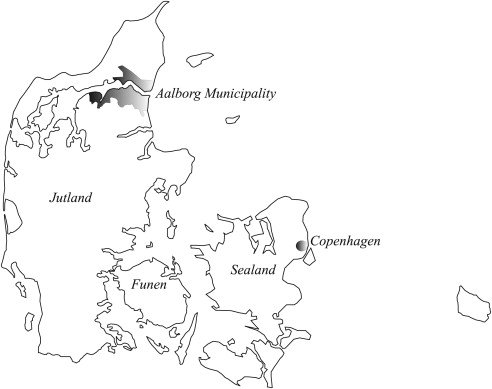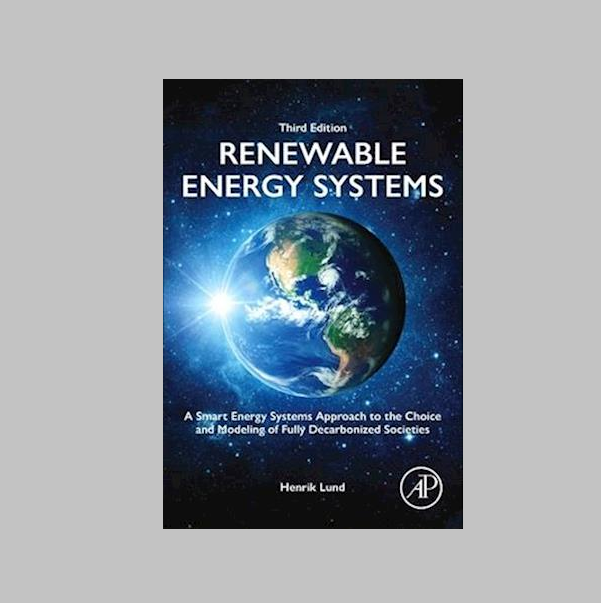A 100% Renewable Energy Strategy for Aalborg
Authors:
Poul Alberg Østergaard, Henrik Lund, Frede Hvelplund, Bernd Möller, Brian Vad Mathiesen, Arne Remmen, Lars Michael Odgaard
Link to summary (In Danish)
Link to report (In Danish)
Link to the Journal Paper focusing on Heat
Aalborg Municipality, Denmark, wishes to investigate the possibilities of becoming independent of fossil fuels. This article describes a scenario for supplying Aalborg Municipality’s energy needs through a combination of low-temperature geothermal heat, wind power and biomass. Of particular focus in the scenario is how low-temperature geothermal heat may be utilised in district heating (DH) systems. The analyses show that it is possible to cover Aalborg Municipality’s energy needs through the use of locally available sources in combination with significant electricity savings, heat savings, reductions in industrial fuel use and savings and fuel-substitutions in the transport sector. With biomass resources being finite, the two marginal energy resources in Aalborg are geothermal heat and wind power. If geothermal heat is utilised more, wind power may be limited and vice versa. The system still relies on neighbouring areas as an electricity buffer though. The costs of the scenario are at a comparable level with the reference situation, but with significantly higher needs for investments and lower fuel costs. Implementation of the scenario would therefore have a positive socio-economic impact as investments are more local labour-intensive than fuel supply.
Link to the Journal Paper focusing on Electricity
Aalborg Municipality, Denmark is investigating ways of switching to 100% renewable energy supply over the next 40 years. Analyses so far have demonstrated a potential for such a transition through energy savings, district heating (DH) and the use of locally available biomass, wind power and low-temperature geothermal resources. The analyses have also demonstrated that the municipality will still rely heavily on surrounding areas for electric load balancing assistance. With a departure in a previously elaborated 100% renewable energy scenario, this article investigates how absorption heat pumps (AHP) and compression heat pumps (HP) for the supply of DH impact the integration of wind power. Hourly scenario-analyses made using the EnergyPLAN model reveal a boiler production and electricity excess which is higher with AHPs than with HPs whereas condensing mode power generation is increased by the application of HPs rather than AHP.

Contact
If you experience further challenges using the model that are not answered in any one of pages at the site, you are more than welcome to contact us and we will try to help you.
Email us hereBook, 3rd Edition out now

3rd Edition Renewable Energy Systems – A Smart Energy Systems Approach to the Choice and Modeling of Fully Decarbonized Societies
By Professor Henrik Lund
List price: USD 100.00 / GBP 76.76 / EUR 87.20
Buy here